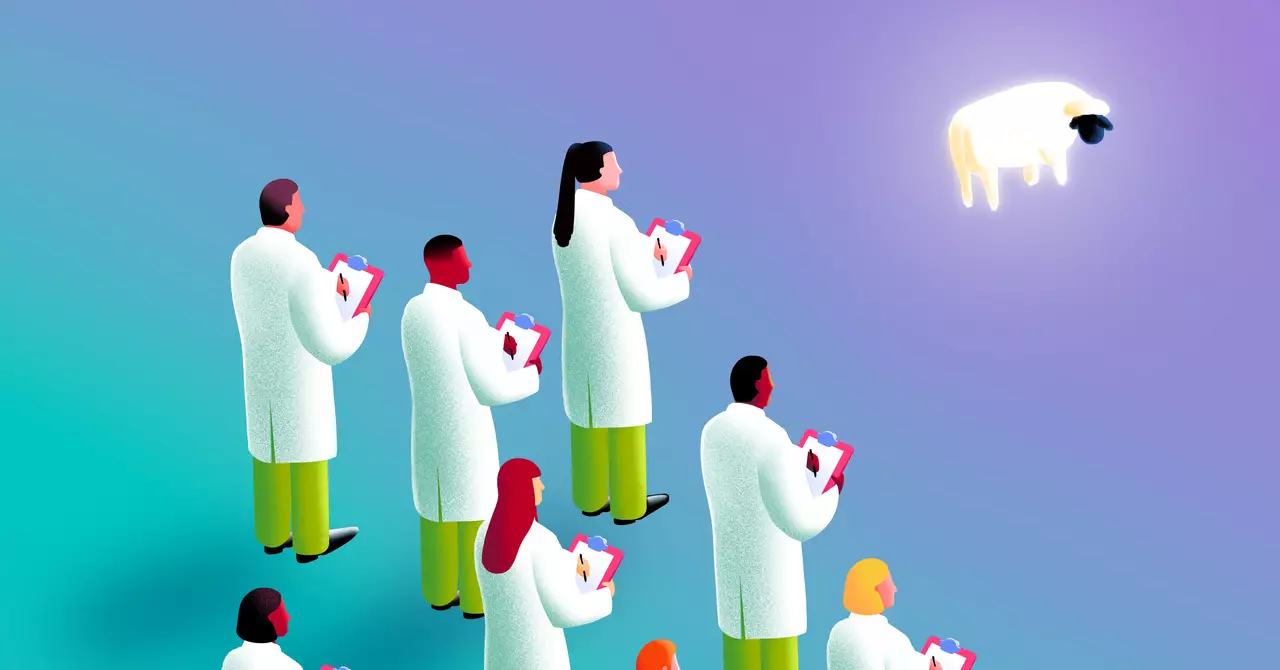Understanding animal communication has been a long-standing challenge for humanity, often romanticized in literature and science. However, as we gaze into the future of 2025, promising advancements in artificial intelligence (AI) and machine learning are poised to revolutionize our comprehension of the complex conversations occurring in the animal kingdom. This journey, fueled by innovative research initiatives and groundbreaking technologies, could finally decode the intricate languages of our fellow earth-dwellers.
The establishment of the Coller-Dolittle Prize is a significant testament to the burgeoning confidence within the scientific community regarding recent technological possibilities. With cash prizes of up to half a million dollars directed toward the decoding of animal communication, this award not only incentivizes researchers but highlights the optimistic belief in the power of AI and machine learning. These modern tools, particularly large language models (LLMs), present an unprecedented opportunity; for the first time, we can conceive of translating the elusive “language” of animals into a form accessible to human understanding.
Various research groups, such as Project Ceti, are striving toward this ambitious goal by applying sophisticated algorithms to extract meaning from animal vocalizations. Focusing on the click trains of sperm whales and the songs of humpback whales, these groups have laid a crucial foundation. However, the success of such endeavors hinges primarily on the availability of robust datasets, which have traditionally been scant in quality and volume.
A striking disparity exists between the data available for human language and that possessed for animal communication. While models like GPT-3 have been trained on vast swaths of human-generated text—over 500 gigabytes—efforts to compile comparable datasets for animals have merely managed a few thousand vocalizations, such as the 8,000 sounds analyzed in Project Ceti’s recent research. This discrepancy amplifies the challenge researchers face in interpreting animal communicative behaviors; scientists often lack even foundational knowledge about whether specific sounds possess distinct meanings akin to words in human languages.
Despite these hurdles, the commitment to accumulate extensive datasets is rapidly gaining momentum. Emerging technologies have made automatic sound recording accessible for researchers worldwide, exemplified by the popularity of affordable tools like AudioMoth. Such devices facilitate continuous monitoring of animal communication—be it the calls of birds in a forest or the vocalizations of gibbons in dense jungles—opening doors for the collection of dense acoustic datasets over extensive periods. These innovations enable researchers to identify patterns in vocalizations that may have remained elusive in less systematic studies.
Decoding Communication: The Role of AI
Once sufficient data is amassed, advanced analytical algorithms can take center stage. Leveraging the power of convolutional neural networks, researchers can sift through hours of recordings efficiently, categorizing and clustering the sounds based on their acoustic properties. This process paves the way for deep learning applications, which could unravel intricate structures nestled within sequences of animal vocalizations—potentially revealing a conceptual framework akin to grammatical structures found in human languages.
Yet, a crucial question looms large: what should be our objective in deciphering these animal sounds? Initiatives like Interspecies.io encapsulate a vision of transforming animal communication into human-language equivalents. However, the scientific community remains divided on the feasibility of such aspirations. Many experts argue that non-human animals engage in forms of communication that differ fundamentally from human languages, lacking the specific syntax and semantic structures that characterize our expressive capabilities.
The ambition of the Coller-Dolittle Prize presents a more nuanced approach toward the endeavor. Instead of a direct translation of animal communication into human vernacular, the prize seeks to foster projects aimed at better understanding and interpreting these communicative forms. By focusing on “deciphering” rather than “translating,” researchers can explore the depth of animal communication without the assumption that they adhere to the same linguistic principles we find in human interaction.
As we step into 2025, the implications of these advancements are profound. Will we finally reveal the extent to which animals share information with one another, or will we discover that their communication is more primitive and instinctual than we presumed? The dialogue between species promises to deepen our appreciation of the natural world, enhancing biodiversity conservation efforts while enriching human understanding of life beyond our own.
The next few years could witness a transformative leap in how we comprehend animal communication. Not only will technological innovations and rich datasets propel this exploration, but the results may also reshape our understanding of consciousness, communication, and the various forms of expression that exist in the animal kingdom. A new world awaits us, one imbued with the knowledge of what animals might really be saying to each other.

